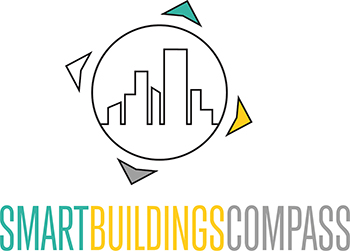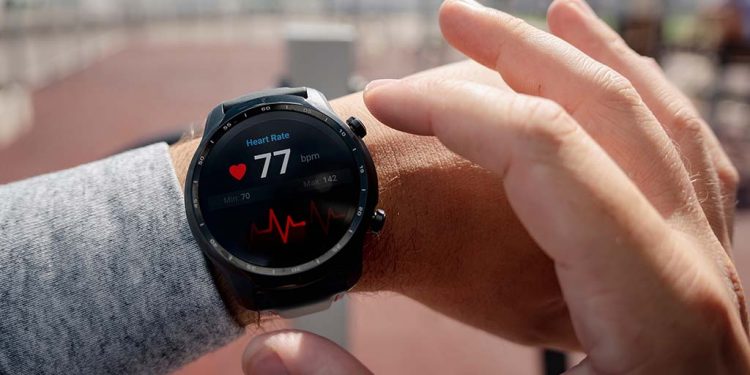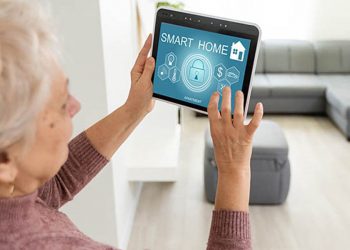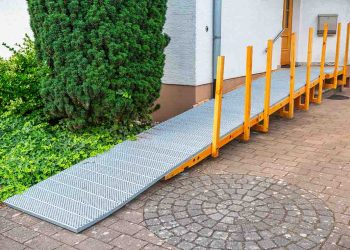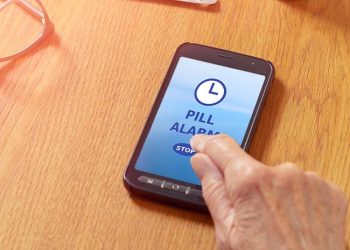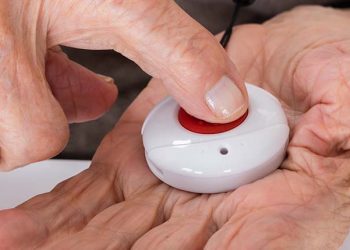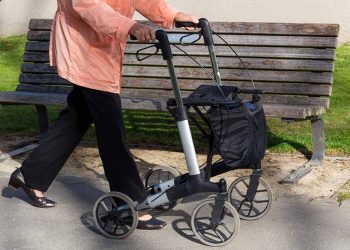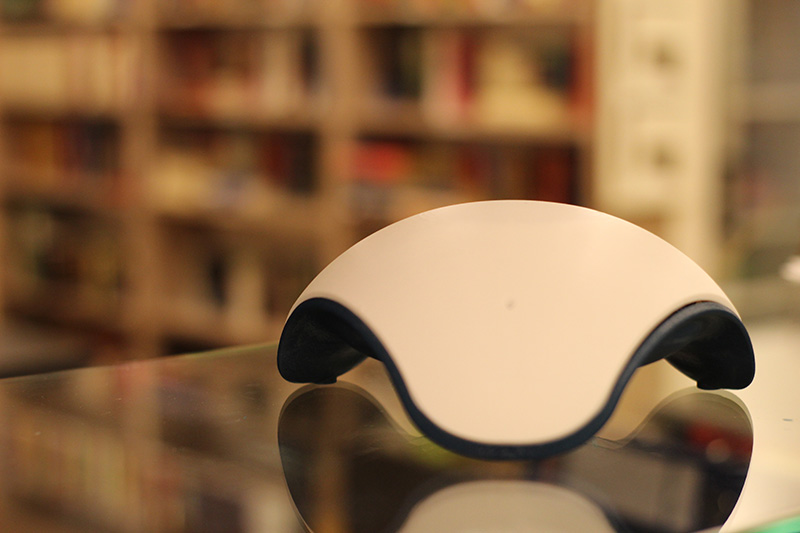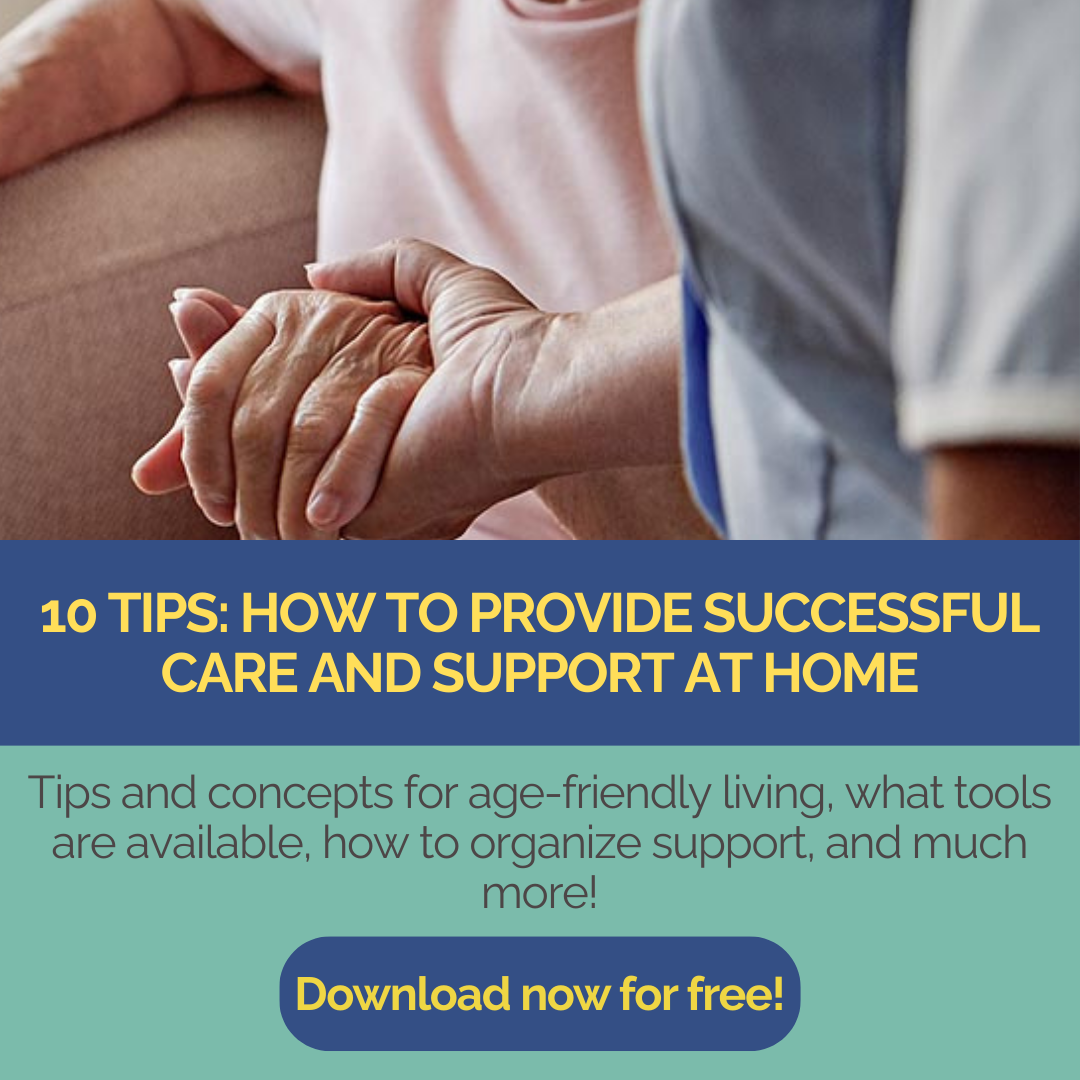Body-worn sensor technology comprises sensors that are worn directly on the body to record physiological data such as heart rate, movement or body temperature. This technology is often used in the form of smartwatches, fitness trackers or special health sensors.
Advantages for older people
Early detection of health problems: Sensors close to the body continuously monitor vital signs and detect abnormalities such as cardiac arrhythmia or breathing problems at an early stage. This enables rapid medical intervention.
Fall prevention and emergency detection: sensors in smartwatches or special wristbands can register sudden falls and automatically trigger an emergency call.
Assistance with taking medication: sensors can analyze movement and activity patterns and remind you to take your medication.
Promoting an active lifestyle: Fitness trackers motivate people to exercise more and help them achieve personal health goals, which has a positive effect on physical and mental health.
Discreet monitoring without invading privacy: As the sensors are worn on the body, they enable seamless health monitoring without having to use cameras or microphones.
Relief for relatives and care staff: The recorded data can be forwarded to care staff or relatives in real time to ensure better care and a quick response in an emergency.
Sensor technology close to the body thus offers older people greater safety, autonomy and quality of life in everyday life.
Image: Shutterstock
Author: Anja Herberth
Chefredakteurin
